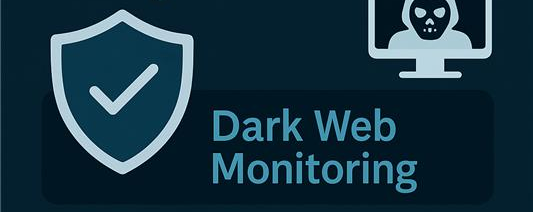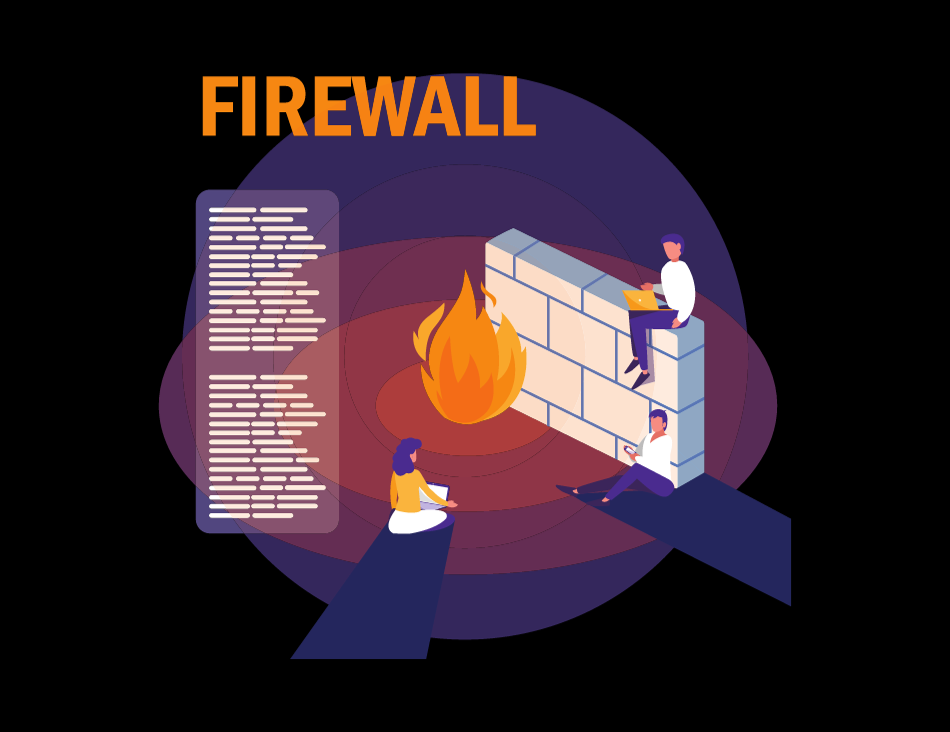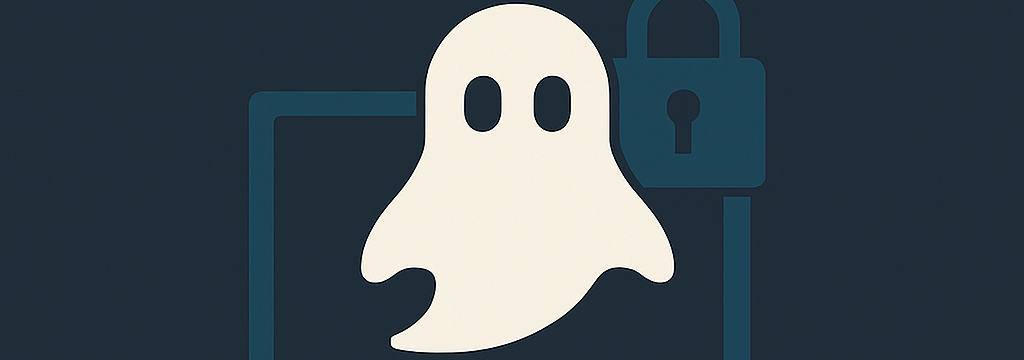Dark Web: What is it and how Cybercriminals operate there
The majority of people only see a small portion of the vast internet. Beneath the surface lies the Dark Web — a hidden section of the internet that isn’t indexed by search engines and can only be accessed with specialized tools. The dark web is a well-known center for cybercrime, despite having some valid privacy-related applications. Understanding the dark web is crucial in today’s cybersecurity landscape.

What is the Dark Web?
There are three layers commonly used to categorize the Internet:
- Surface Web: The portion of the internet that can be accessed using common browsers like Chrome or Firefox is known as the surface web. Consider news websites, social media platforms, and online stores.
- Deep Web: Information that is not indexed by search engines and cannot be accessed easily such as private databases, academic journals, and paywalled websites.
- Dark Web: The Dark Web is a small section of the deep web that can only be accessed through anonymized networks like Tor or I2P.
The user who wants to access the Dark Web, uses special software that hides the user’s identity and location, making it difficult to track. Although this provides privacy, it also enables illegal transactions and activities.
How to access the Dark Web
Accessing the Dark Web Requires:
- Tor Browser: The most popular browser for visiting onion websites, which are exclusive to the dark web.
- I2P (Invisible Internet Protocol): Another anonymized network that focuses on internal Dark web communications without an identity.
- VPN (Virtual Private Network): Combined with Tor these VPNs provide an additional layer of privacy.
Cybercriminals activity on Dark Web
- Black market: These online marketplaces deal with illegal goods and services like drugs, weapons, and stolen data. Buyers and sellers do business here with the help of cryptocurrency like Bitcoin.
- Data leaks and dumps: Stolen data that includes credit card information, other personal information, and company secrets are sold by cybercriminals here.
- Hacking services: Offerings include malware, exploits, and even the ability to hire hackers to carry out the intended task.
- Fraud and counterfeiting: Fake IDs, passports, and other financial documents are available for identity theft and financial fraud.
- Forums and communication: Dark web forums are used by cybercriminals to plan attacks, hire members, and exchange information without being noticed.
Why is the Dark Web dangerous?
There are several different reasons why the dark web is dangerous. Because of the anonymity offered by encrypted networks like Tor, makes it difficult for law enforcement to trace users allowing both privacy-conscious and cybercriminals to go unnoticed, and because of the dark web’s global reach cybercriminals can target people all around the globe and cybercriminals can target victims across national borders which makes investigations more difficult. Its ease of use is also concerning because easily accessible hacking tools, stolen data, and illegal services have made it easier for anyone, even non-tech people, to commit malicious acts.
How organizations can protect themselves
Organizations are taking a number of preventive actions to safeguard themselves against dangers arising from the Dark Web. Dark web monitoring services are used to look for leaked information about a company’s customers, employees, or brand in hidden marketplaces and forums. Furthermore, threat intelligence acquired from these sources offers insightful details about new attack methods and strategies employed by cybercriminals. Employee training is another essential defense; teaching employees to spot phishing attempts and social engineering techniques lowers the possibility of credentials being compromised.
Conclusion
Cybercriminals can operate with relative impunity on the Dark Web, a complex and shadowy area of the internet. Although it has valid privacy uses, its negative aspects pose serious risks to both people and businesses. The key to staying safe in today’s digital world is staying informed about Dark Web activity and making proactive defense investments.




